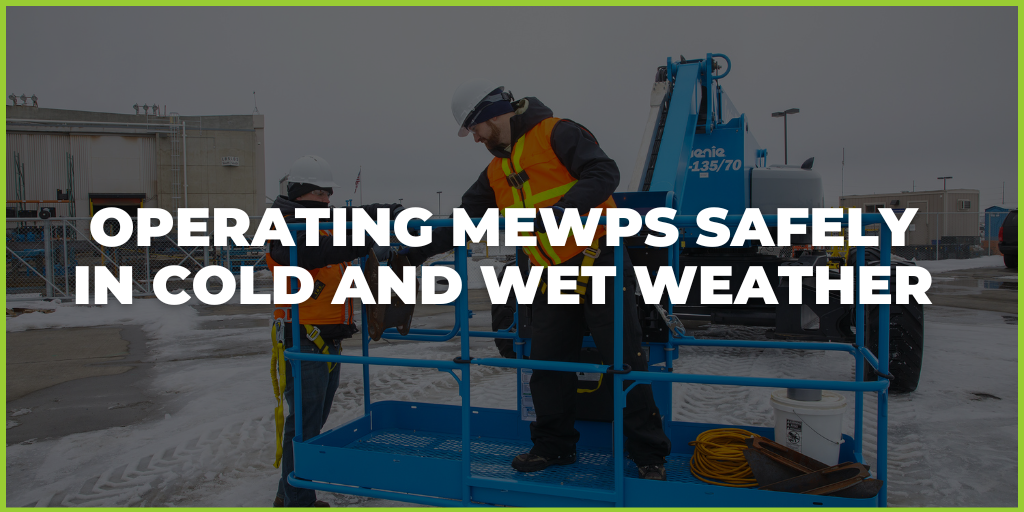What is working at height?
Work at height is defined by the HSE as work being undertaken in any place, above or below ground level. If precautions are not taken a person could fall a distance from any equipment, including MEWP's and ladders, or from a building which could result in personal injury.
Why have we created a Working at Height guide?
As part of our commitment to work at height safety, we have created this Expert Guide to provide guidance and advice on how to minimise risk of accidents and ensure compliance.
CLICK HERE to Download our free Work at Height Expert Guide 2023
The aim of this guide is to ensure you are fully compliant with the Work at Height Regulations 2005, which states it is the duty of the employers, self-employed and any person who controls the work to ensure that the correct provisions are in place before any working at height commences. The regulations specify that anyone working at height must be competent to do so, if the person is in training they need to be supervised by an experienced person. We understand the challenges involved with working at height and strive to provide the best solution for your business. Improving safety and productivity are at the forefront of everything we do.
Features of the guide:
- Fatal and non-fatal HSE statistics.
- How to prevent falling from MEWP platforms.
- How to develop a method statement.
- How to develop a rescue plan.
- The key benefits and risks of low-level access platforms, e.g., ladders, platform steps, mobile and powered and non-powered access platforms.
- A video featuring the HLS Hugo Lift, a safe and cost-effect alternative to steps and ladders.
Resources
Throughout our guide we have free resources available to download, from a Work at Height checklist that has information you need to consider before planning a work at height task. To risk assessment and work at height rescue plan templates, to ensure a safe system is established and all potential risks are controlled, to keep all employees safe from accidents/injuries caused by falls.




